August 1, 2022 by Niels Floor |
The seventh annual Learning Experience Design Conference LXDCON’22 offered a variety of engaging activities spread out over four days. We learned a lot and I would like to share a couple of key take-aways with you.
The art of learning experience design
Let’s start with art and this year’s theme: the art of LXD. Art and design are closely related. Creative design disciplines like LXD are an applied form of art. They use artistic principles and methods to create unique designs.
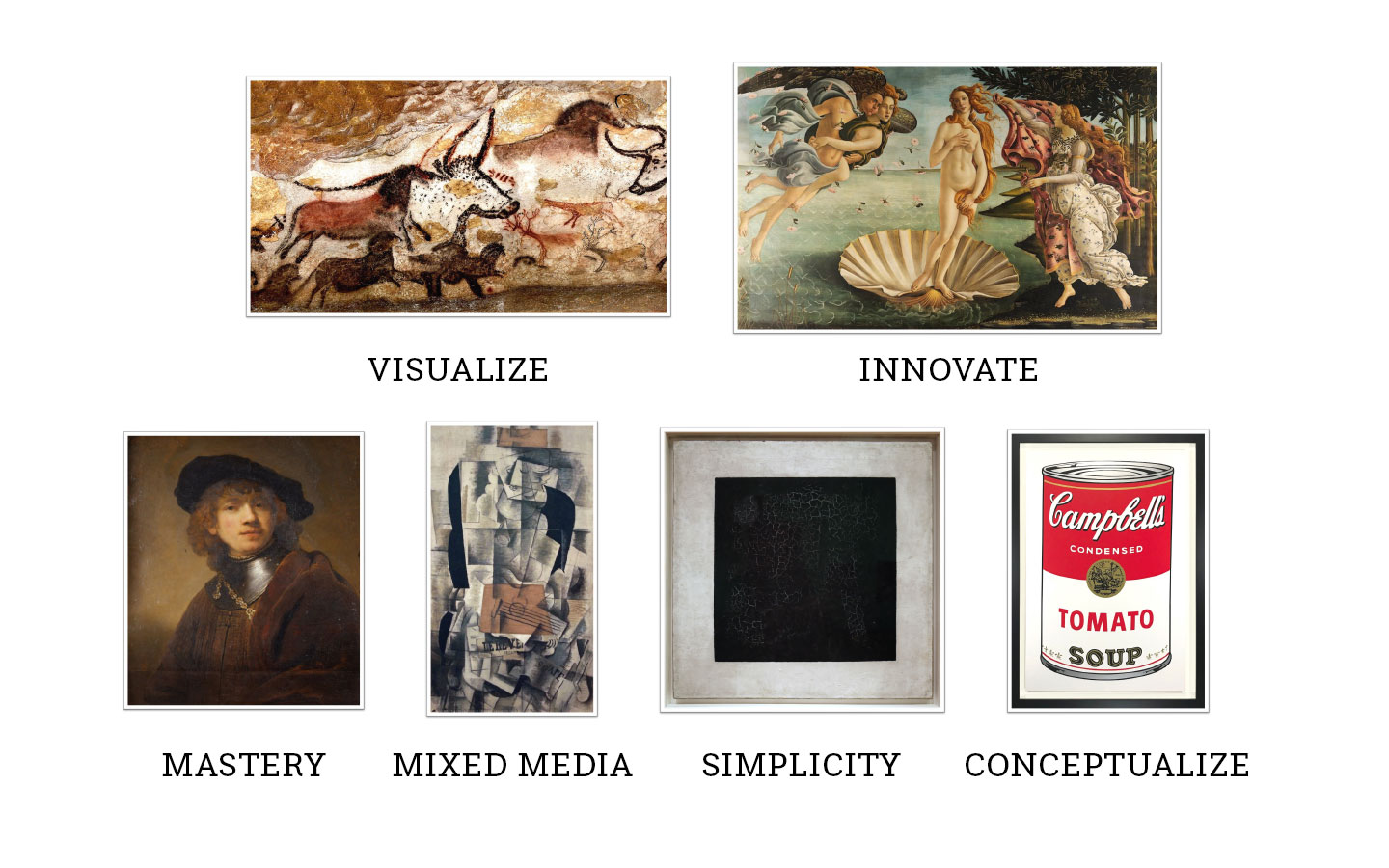
There’s great inspiration to be found in the arts for LX designers. As I showed during the kickoff of LXDCON’22, art history is filled with wonderful lessons for LX designers. From prehistoric cave paintings that show the power of visualisation to modern art installations that harness the power of interaction. My advice is to look at art and see how it can inspire and empower you as a designer. A nice take on this was presented by Brooke Winston. She explained how composition, color, mixed media and other fine art principles can be applied in design. You don’t have to be an artist to use these principles effectively.
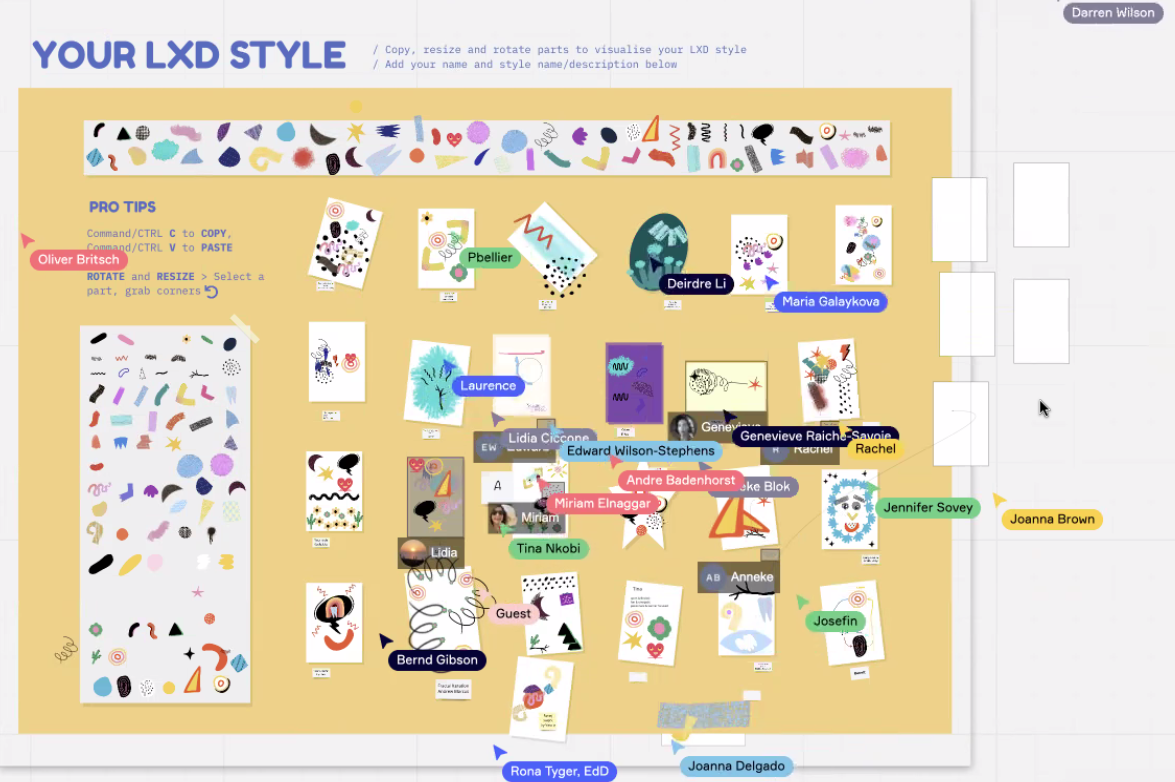
Artists have signature styles and so do designers. Tatiana Skliarenko took us on a journey to discover and define our own signature styles. The results were very colourful and insightful. What defines your signature style? Work it out with this LXD Style Canvas by Tatiana.

Experience matters
We are shaped by the experiences we have in school, at work, at home or anywhere we might be. Not all experiences are equal in how they impact us.
Brian Hill from Brigham Young University talked about four types of experiences: Ordinary, memorable, meaningful and transformational. I’m certain you’ve had many ordinary learning experiences like a boring class by an uninspired teacher or predictable e-learning. As a LX designer you want to create an extraordinary experience that is preferably memorable, meaningful and transformative. Maybe you’re working on a new design right now or you’ve recently launched a learning experience. Ask yourself (or the learner), is it memorable, meaningful and/or transformative?
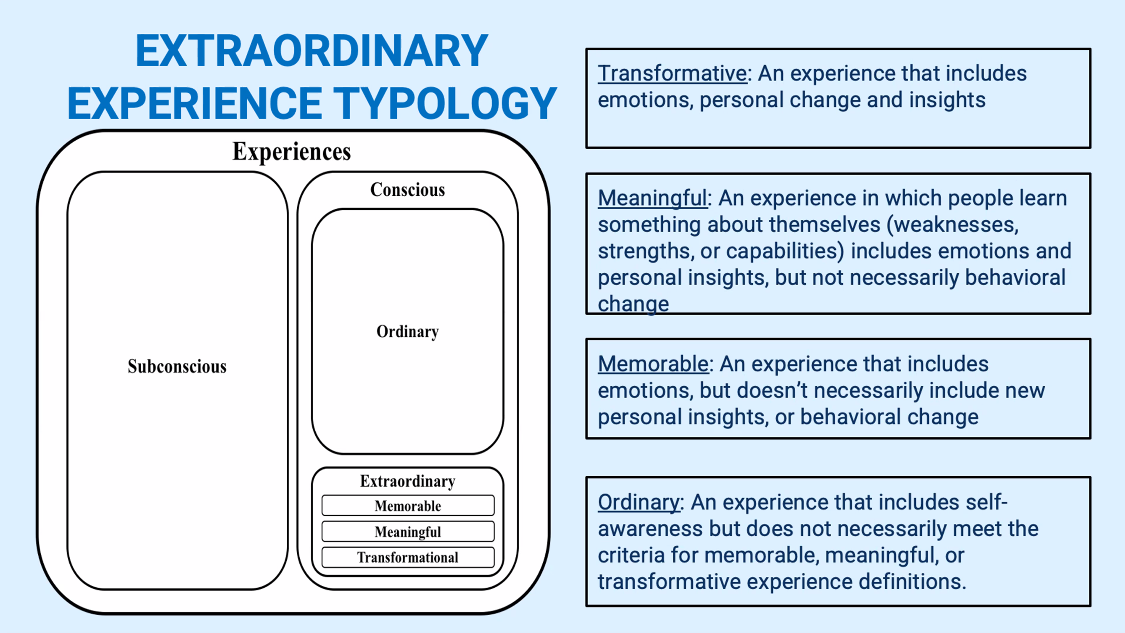
The principles of LXD are universal, but the successful application of LXD can require different approaches. For example, LXD in higher education requires a specific approach to be successful. Sarah Gretter from Michigan State University has shared valuable insights in how to do that. It’s not just a matter of honing your LXD skills, you need to get your colleagues on board on all organisational levels. She focusses on these five C’s:
- Communication
- Collaboration
- Calibration
- Critical thinking
- Creativity.
To enhance the experience of the learner, Sarah quoted Davis Levine who said “Designing with and not just for people is crucial for the experience.” Involving learners in the design process can make a big difference. To further increase the quality of your design here are some tips from John Owings‘ talk called design to remember.
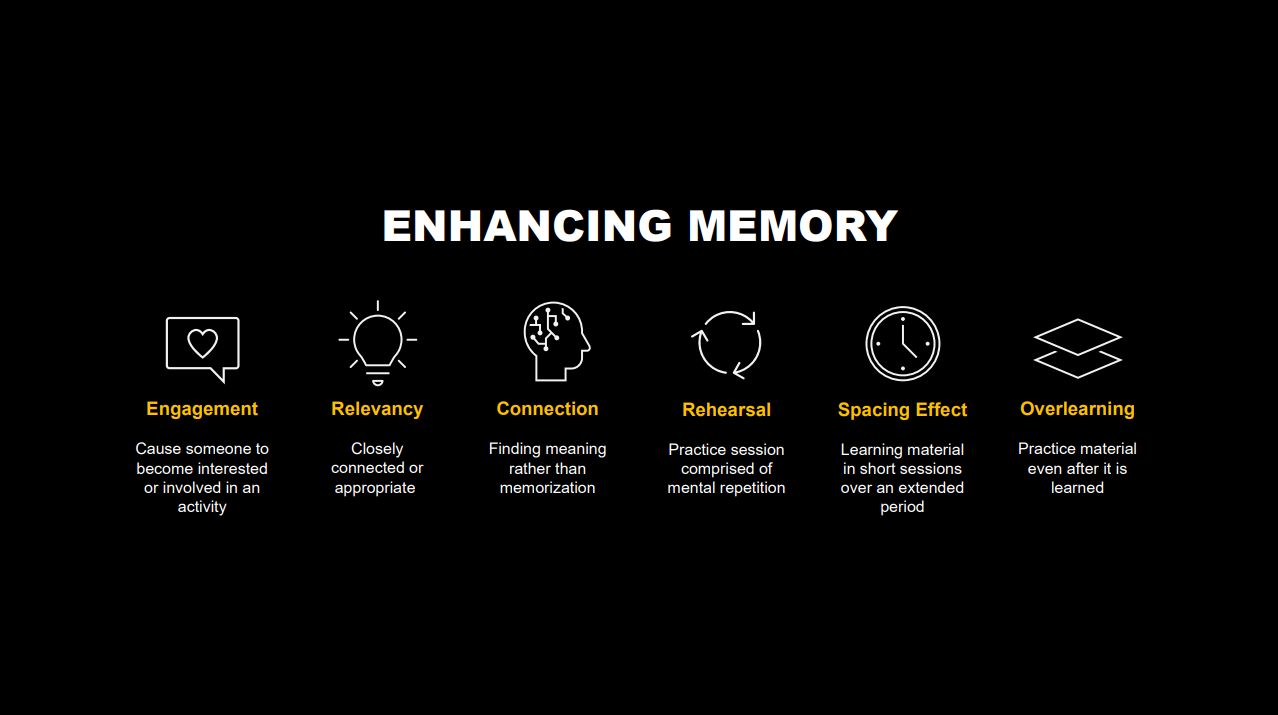
Getting emotional
A lot of workshops and talks mentioned the role of emotions in learning and in LXD. Emotions play a vital part in how we experience the world around us and what we learn from our experiences.
Traditionally learning is focused on cognition where the brain is like an empty vessel that can be filled with knowledge. Today we understand that a more holistic approach serves the learner better. Adding an emotional layer to your design enables the learner to make both a cognitive and emotional connection for a more personal experience.
Emotions are powerful and you need to treat them with care and respect. Providing learners with a safe environment to learn is essential to any learning experience. The need for psychological safety was explored by Aanchal Sharma and Gwendoline Calmels from Salesforce during an engaging workshop. When you look at the benefits of psychological safety at work, it is easy to see how this applies to schools or other organisations where people learn and work together.
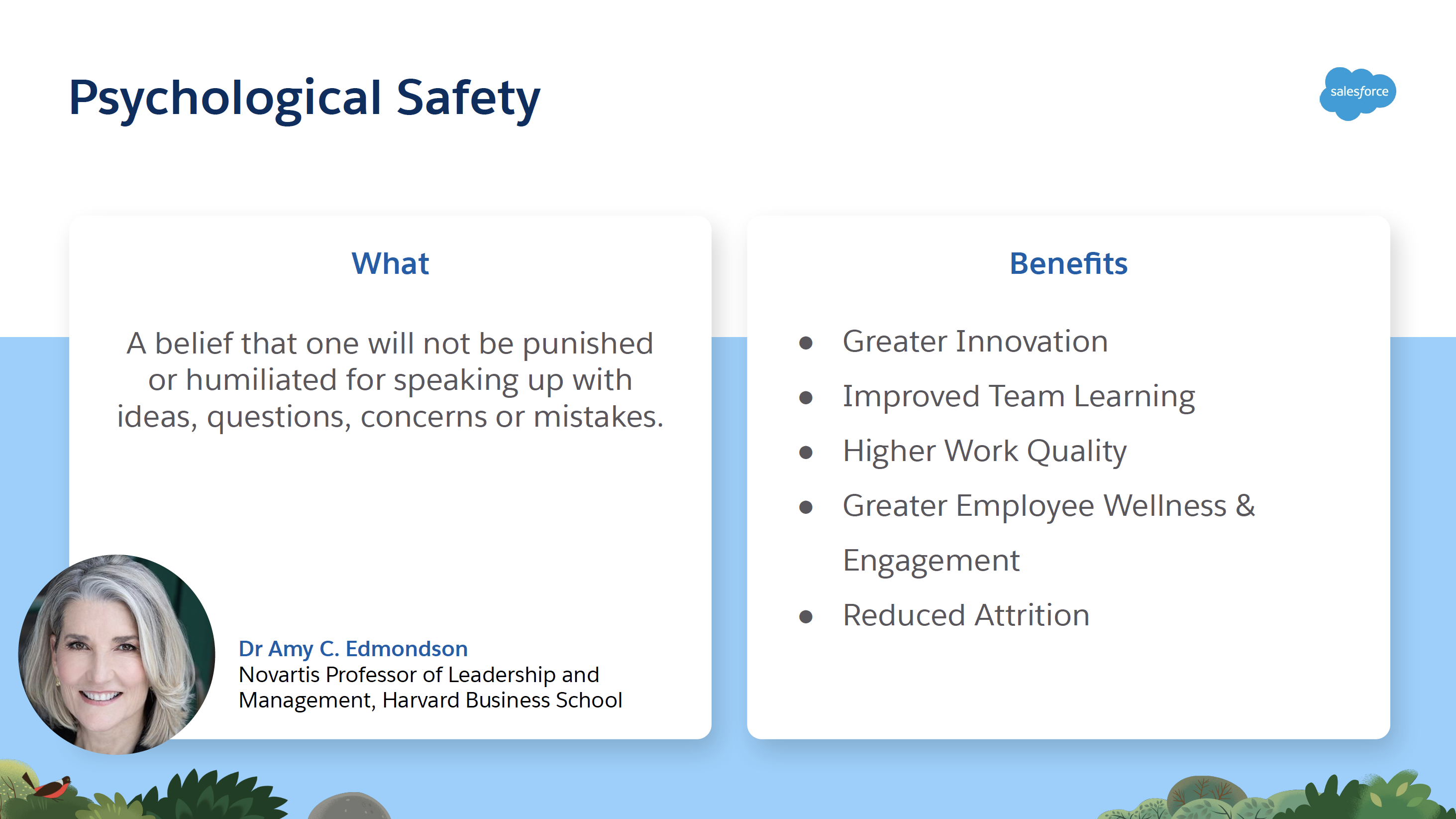
Francine Tan from Eskwelabs introduced the H.E.A.R.T. framework, which stands for “Have Every Action Radiate Thoughtfulness.” It helps you in balancing the structure, approach, delivery and topics in thoughtful way. Using a familiar structure for unfamiliar topics and a fun approach with feasible course delivery contributes to a safe and inclusive environment for the learners and is a great tool to try out. In this example the framework is used on the topic of data skills. You can choose your own topic and overall approach.
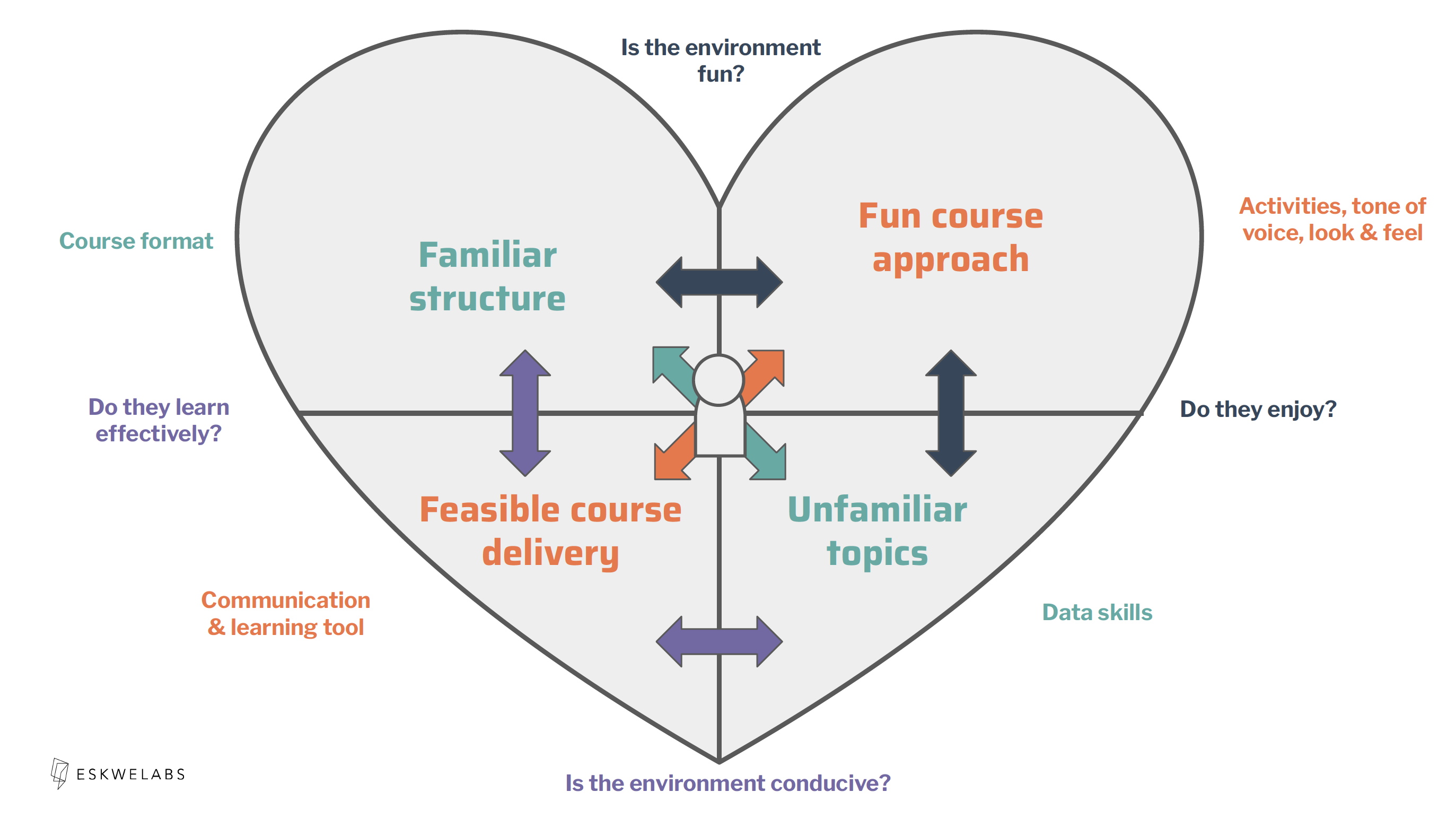
Joy is a powerful emotion that can motivate and empower learners. As Willem-Jan Renger from the Utrecht School of the Arts discussed during his talk about ludo didactics, play can be great fun and highly effective at the same time. Designing a playful experience offers a wealth of opportunities for learners to engage in ways that suit them best. Using different roles for learners makes the experience more active and engaging. Instead of a group activity where one person does most of the work and other tag along you can have every group member actively participate. Each individual can complete a task that suits their personal development level. If you want to know more about how that works you can order the Ludo Didactics book here.
Want to learn more?
These are some of the highlights of LXDCON’22 and there was much more to discover. See you at LXDCON’23.

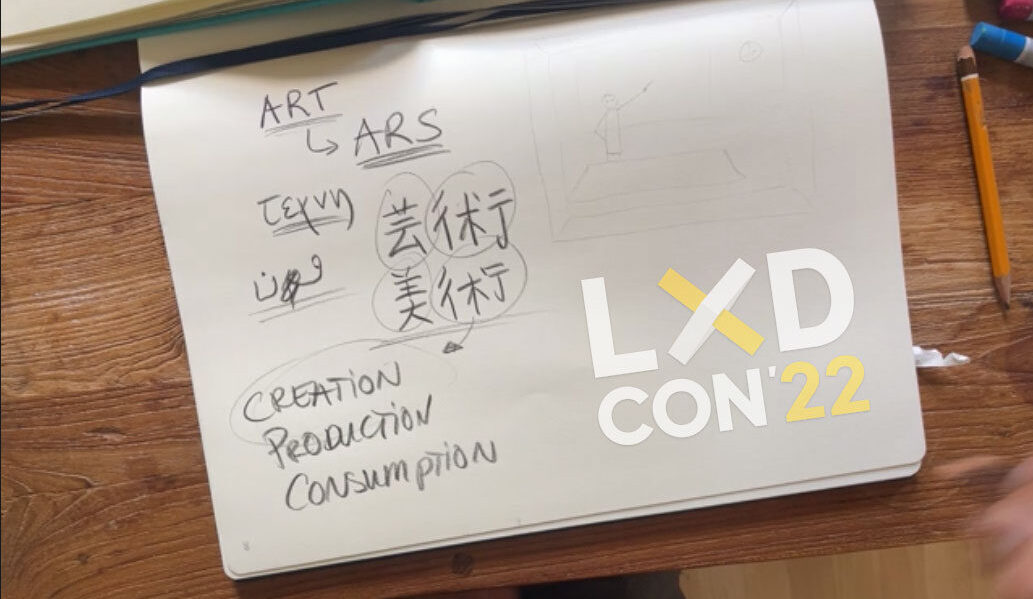
Comments
Hello,
The School of Leadership and Human Resource Development at Louisiana State University it looking for an Assistant/Associate Professor with experience in learning experience design! The link to the job application is below.
Please let me know if there is a better method to post this.
https://lsu.wd1.myworkdayjobs.com/LSU/job/0298-Charles-E-Coates-Hall/Assistant-Associate-Professor—Leadership—Human-Resource-Development_R00072878
Hi Sidsel-Marie,
We’ve just extended the sale of LXDCON’22 re-watch tickets. Enjoy!
Hi there,
Thank you for sharing insights from the conference. It seems that the re-watch tickets are no longer on sale. Will they become available again?
Best,
Sidsel-Marie
Pingback: Lessons learned from LXDCON’22 – LearnSwift